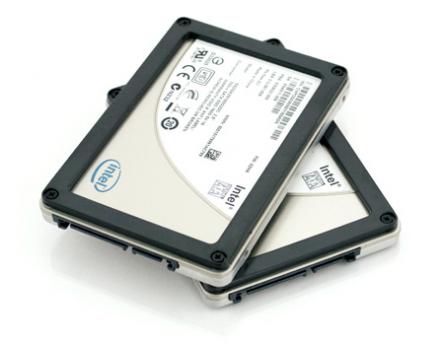USB 2.0, 3.0 vs ESATA vs SSD vs Firewire 400 800: Which is faster for external disks? I performed a simple test using the same hard disk and the same external drive enclosure on the same computer. Then I kicked it up a notch and stuck in a SSD disk into the external enclosure just to have some “show off” numbers.
USB 2.0 and firewire 400 is simply too slow to match the speed of the recent SATA hard drives.
ESATA is faster and the reasons are simple, if you have a SATA disk and then insert a USB or Firewire transport between it and the host system, you have added extra layer of data/protocol conversions or encapsulation, this adds delay and overhead.
That said, as one imagines ESATA is faster than USB or Firewire for hard disks if everything else is equal. (disk used and host system).
ESATA and USB 3.0 and Firwire 800 support bandwidth speeds beyond a single physical disk’s abilities. USB 2.0 is slower than the hard disks and will always be the slow part of this configuration. USB 3.0 and Firewire 800 is very close to ESATA performance.
Now onto the obligatory screen captures and a peak of my Intel x.25 SSD disk and how SSD is much fast than anything else, not only in MB per second but also in access times.
SATA disk connected via USB. Average 25MB per second and 21ms access time.

EATA disk connected via USB. Average 47MB per second and 20ms access time.

SSD disk connected via ESATA. Average 163MB per second and 0.1ms access time.

To sum it up, if you plan on frequently using your external drives, and have the option, hook up your external drives via ESATA, USB 3.0 or Firewire 800, but stay away from USB 2.0 and firewire 400, they are just too slow for today’s needs.
